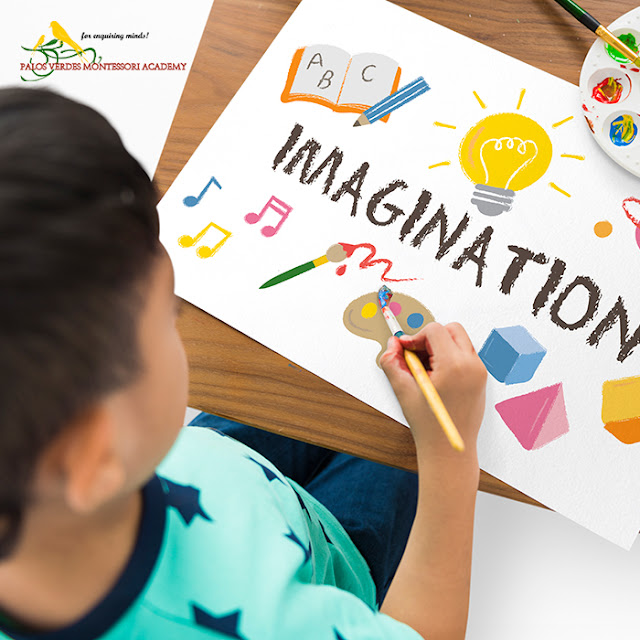5 Most Effective Teaching Strategies for The Classroom
A classroom is a dynamic place where kids come from different family backgrounds with various abilities and personalities. To make teaching-learning more effective in such an environment, teachers need to implement creative and innovative teaching strategies to meet their students’ requirements.
Whether you have been teaching preschool kids or the older ones, sometimes it can become difficult to understand which teaching strategy will work best with your students. Teachers can not follow a ‘one size fits all solution, so here you can find a range of effective teaching strategies to inspire your students.
Visualization –You can bring dull academic concepts to life with visual and practical learning experiences, facilitating kids to realize how their schooling applies in the real world. You can use an interactive whiteboard to display photos, audio clips, and videos, as well as encourage them to participate in different learning engagements and local field trips.
Cooperative learning –Teachers can encourage students of mixed abilities to team up and work on the same project. As they work in a group, they develop their social, critical thinking, and communication skills, self-confidence, and learn from each other. Solving mathematical riddles, setting up scientific experiments, and acting out short skits are some areas where kids can learn cooperatively.
Inquiry-based instruction –In Torrance CA playschools teachers pose thought-provoking questions and inspire their students to think, explore and read various resources to find the answers. This method is helpful to make children confident and independent learners. Moreover, encouraging children to ask the right questions and investigate their ideas helps them improve their critical thinking and problem-solving skills. This way students develop a deeper understanding of the concepts. Inquiries can be science or math-based; for example“Why do we have day and night?” or “What are the main properties of light?” or “why is the sum of two odd numbers is always an even number?”.
Differentiation –Nowadays most schools promote inclusive classrooms and in an inclusive learning environment differentiation is a very important tool to address the different requirements of kids. This is teaching kids by allocating activities based on their abilities. This method ensures no one in the class is left behind and everybody can achieve grade-level learning objectives. This includes giving out worksheets that vary in complexity to different groups of students or setting up a range of workstations around the classroom. These workstations will contain an assortment of activities for students to choose from.
Technology in the classroom –Montessori teachers incorporate technology in their lesson planning to make the class more lively and collaborative. Interactive whiteboards or tablets or iPads can be used to display an image or show a video to capture children’s attention in the class. In fact, seeing a video or an image in the class helps children to understand concepts better.
In today’s world to be an effective teacher is quite challenging as every student is unique. But by applying a combination of teaching strategies would definitely help you to make your class more fun and engaging.



Comments
Post a Comment